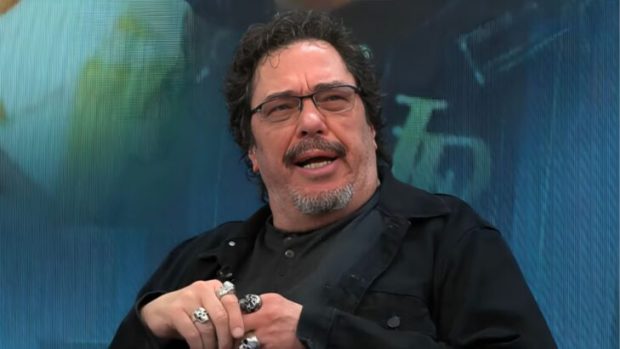

New filings submitted late Monday night offered answers to unresolved issues surrounding the House v. NCAA settlement, a $2.8 billion agreement that aims to resolve a trio of antitrust lawsuits against the NCAA and power conferences, and would allow universities to directly pay college athletes via revenue sharing.
Advertisement
At a final approval hearing in Oakland last week, a federal judge heard objections to the settlement and raised a number of her own questions, which lawyers on both sides of the agreement addressed in a joint brief filed late Monday night. The brief provided a number of clarifications and minor amendments but offered no material changes to the settlement terms, including the implementation of new roster limits.
Judge Claudia Wilken of the Northern District of California will now assess the brief, objections and settlement terms in their entirety before delivering a final ruling on approval.
Roster limits were the most notable point of contention during last week’s final approval hearing, which featured objections from current and prospective college athletes who fear they will lose or have already lost roster spots or future scholarship opportunities. By replacing the existing scholarship limits, the new roster sizes will expand the overall number of scholarships schools can offer; it will also reduce the number of walk-ons or partial-scholarship spots available in certain sports. For example, most FBS football teams would have to cut walk-ons to get within the new roster limit of 105.
During the hearing, Wilken suggested exemptions or “grandfathering” of roster spots for all current college athletes under the settlement. The brief does not make any such proposals but instead explains why the settlement parties believe roster limits are a positive for college athletics. It also acknowledges that coaches and programs have been planning and adjusting rosters accordingly since Wilken granted preliminary approval of the settlement last October — indicating, in essence, that it’s too late to roll back that process.
The brief provides additional context on future college athletes who would be subject to the 10-year length of the settlement moving forward, another topic Wilken questioned last week. It clarifies that there will be a yearly process to ensure future class members do not release their claims until given an opportunity to object, if they choose to.
Advertisement
Wilken specified at the final approval hearing that any objectors would have one day to respond to these new filings. After that, Wilken will deliberate and issue a final order on whether or not to approve the agreement, based on whether she deems it fair and in the best interest of the settlement classes.
“Basically, I think it is a good settlement — don’t quote me,” Wilken said during last week’s hearing. “I think it is worth pursuing and I think some of these things could be fixed if people tried to fix them, and that it would be worth their while to try to fix them.”
There is no timeline for Wilken’s response, though she is likely to issue one soon due to the short runway before the new academic calendar begins. If the settlement is approved, schools can start directly paying athletes on July 1 via an annual revenue sharing cap that is expected to be roughly $20.5 million per school in Year 1.
(Photo: Kirby Lee / Imagn Images)
This news was originally published on this post .










Be the first to leave a comment